Oregon State Police 2021-2026 5-Year Strategic Roadmap
5-YEAR STRATEGIC ROADMAP
Background
The Oregon Department of State Police (OSP) is a multi-disciplined organization that is charged with protecting the people, wildlife, and natural resources in Oregon. To accomplish this charge, we enforce the traffic laws on the state’s roadways, investigate and solve crime, conduct post-mortem examinations and forensic analysis, and provide background checks and law enforcement data. We regulate gaming, the handling of hazardous materials, fire codes, and educate the public on fire safety and enforce fish, wildlife, and natural resource laws.
To ensure OSP continues to provide public safety services effectively and efficiently to Oregon into the future, a strategic roadmap for the next five years was developed. Several focus groups, numerous planning meetings, surveys, and countless hours went into creating the roadmap. Updated Values, Vision Statement, Mission Statement, and Strategic Focus Areas for OSP are contained in the roadmap. These elements will guide and shape our activities, the manner in which we provide our services, the resources we invest in and the standards to which we hold ourselves accountable.
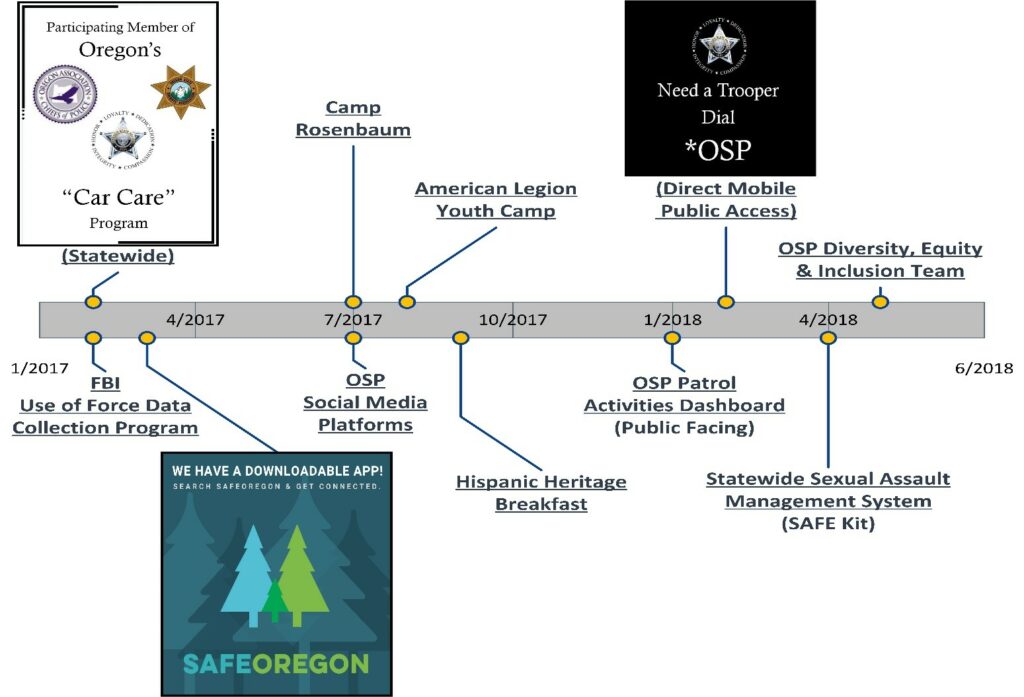
Five-Year Review (2016-2021): Journey Traveled
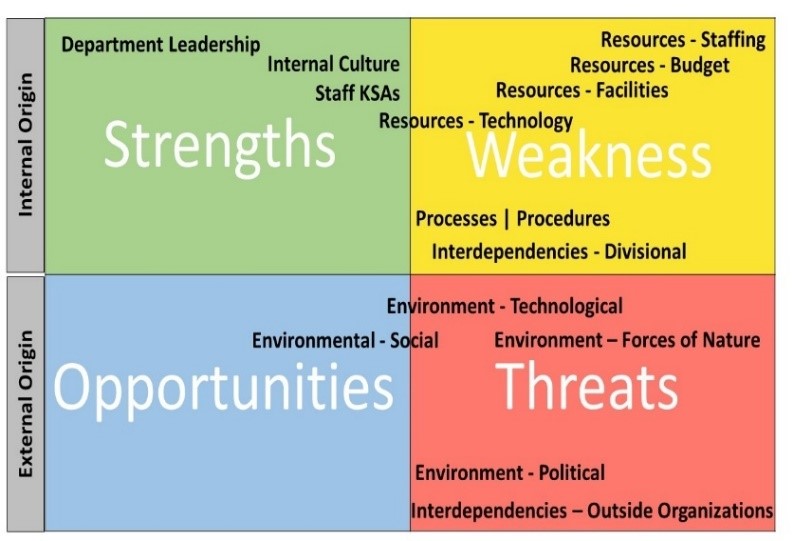
In 2016, OSP launched its five-year Strategic Roadmap. The Roadmap established the values, vision, mission, and four strategic focus areas for the Department through June 2021. The four strategic focus areas were: Develop Internal Capabilities; Collaboration; Stewardship and Transparency; and Continuously Improve Service Delivery. The strategic focus areas represent the core organizational functions the Department centered its action plans on to achieve the vision and mission. In total, our divisions undertook 195 initiatives throughout the Department.
These action plans were implemented to improve services and core processes, build new programs, enhance our data capabilities, and increase transparency and efficiencies, amongst others. Below is a timeline highlighting a few of the initiatives we implemented or engaged in.
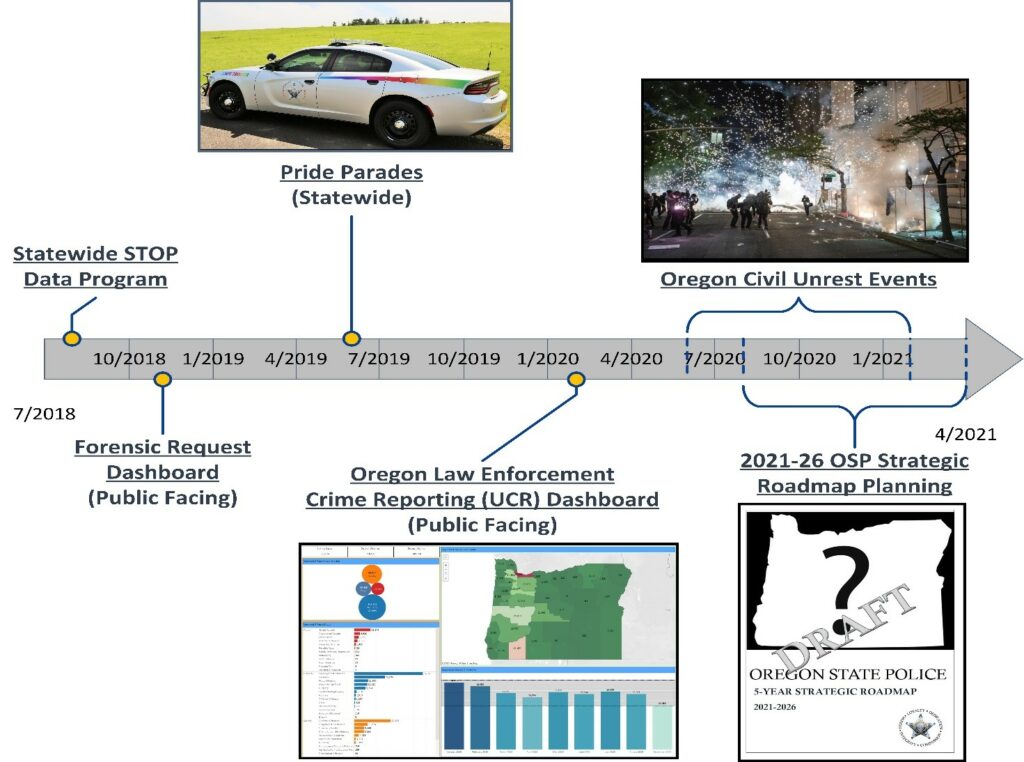
Five-Year Review (2016-2021): Challenges
All organizations face challenges fulfilling their mission and implementing their objectives. During the past five years, OSP leadership has worked hard to mitigate many historic internal weaknesses and external threats. Because of the support of Governor Kate Brown and State Legislature, the Department has been able to invest in our technology infrastructure, procure critical equipment, stabilize our authorized staffing levels and resolve several decades-old budgetary issues.
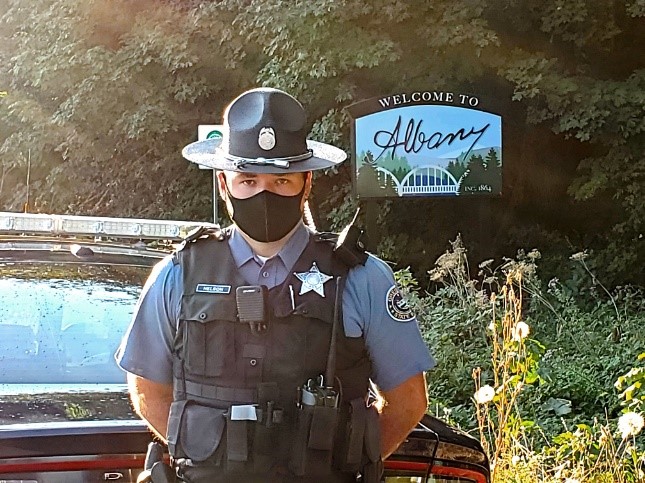
Despite these investments, during the past five years our ability to fulfill our day-to-day responsibilities while simultaneously responding to multiple, large-scale, critical incidents has been severely tested. Then in 2020, extraordinary events occurred that will forever change the way OSP does business. From the worldwide pandemic to the protests for police accountability, to the historic wildfires, our agency must be more adaptable to better position ourselves for these unforeseen events. Although we have stepped up to the challenges, OSP’s staffing, equipment, and technology have been repeatedly stretched beyond capacity under these circumstances. Therefore, we will seek to turn our weaknesses into strengths and threats into opportunities by investing in our employees, enhancing our infrastructure(s), building stronger partnerships, and seeking new ways to be more adaptable and flexible while delivering high-quality services.

The Journey Forward (2021-2026):
Values
The following five values represent the “moral compass” of the Oregon Department of State Police. We are committed to living these values every day and embodying them in our daily activities as public safety professionals:

Honor
We will honor the mission entrusted to us by preserving the peace and protecting the rights of all people.
Dedication
We are dedicated to delivering innovative and professional public safety services.
Loyalty
We are loyal to the agency’s mission and to providing equal service to all.
Compassion
We will serve all people and fulfill our duties with the utmost understanding and empathy.
Integrity
We will act with the highest level of responsibility and accountability in accordance with the public’s interest and trust.
Vision Statement
The Oregon State Police will be a leader in delivering high-quality services that support and enhance public safety in the 21st Century.
Mission Statement
The mission of the Oregon State Police is to serve all people with a priority of safeguarding life, property, and natural resources by building upon a diverse, professional, and trustworthy workforce.

Strategic Focus Areas
The following four strategic focus areas represent the core organizational functions OSP will focus on to achieve our vision and mission. These four strategic focus areas set the stage for enabling Department employees to develop action plans designed to improve performance and enhance services.
- Diversity | Equity | Inclusion and Employee Services

The most important and visible asset of OSP is our employees (historically, 72% – 75% of our budget is personnel-related expenses). Our employees are the face and backbone of the Department. They respond to emergency calls for help, manage critical incidents, keep the roadways safe, protect the environment, investigate crimes, and enforce regulations amongst many other responsibilities. To ensure we can meet the expectations and demands of 21st Century public safety professionals, there are two critical areas we will focus on: recruiting and employee support.
- Recruiting: To be an effective public safety agency, the membership of OSP must be inclusive of individuals that reflect all communities in Oregon. The agency is committed to recruiting and retaining a professional workforce reflective of the rich diversity of Oregon’s communities.
- Employee Support: A vital part of retaining and maintaining an effective workforce is for employees to have access to health, wellness, and resiliency programs. Employees who have access to health and wellness programs have shown improved physical and mental/emotional well-being, 1 2 which is essential for public safety professionals.
In addition, we want to ensure all Department members and people who come in contact with our agency know they will be treated fairly and with dignity. To accomplish this, we are committed to training our members in eliminating bias and promoting equitable interactions. We will seek to provide our members with opportunities to receive the best possible training in the latest tools and techniques in their career disciplines.
| 1Mattke S, Hangsheng L, Caloyeras J, Huang C, Van Busum K, Khodyakov D, and Shier V. Workplace wellness programs study. Rand Health Q; 2013 Jun; 3(2). 2Merrill R, Aldana S, Pope J, Anderson D, Coberley C, and Whitmer, R. Presenteeism according to healthy behaviors, physical health, and work environment. Popul Health Manag. 2012 Oct; 15(5): 293-301. Doi: 10.1089/pop212.0003. |
2. Collaboration
To implement our mission in a fair and equitable manner, the Oregon Department of State Police must engage and partner with marginalized and under-served communities, Tribal governments, public safety agencies, labor unions, government officials, and educational institutions. By listening to all communities in Oregon, we will be able to better develop approaches to law enforcement that are more fair, accessible, transparent, accountable, and holistic. Through these collaborative efforts, we will strive to be a trustworthy partner for all of Oregon’s communities.
3. Stewardship and Transparency
Being accountable to the communities of Oregon and our stakeholders is a core value for OSP (Integrity). Living this value requires transparency to be more than a buzzword. Therefore, we are committed to complying with all public record laws and initiatives. In addition, having a social media presence is an important platform for keeping the public informed of the most accurate and up-to-date information available.
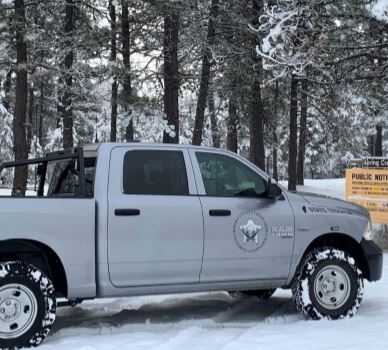
The responsible stewardship of our budget and resources is essential to earning and keeping the public’s trust. Consequently, we will strive for the efficient use of our existing resources by analyzing our operational data, reviewing best practices, and listening to societal needs. In addition, these elements will help inform the policies, rules, and procedures we use to guide the expectations and actions of our workforce.
4. Service Delivery Improvement and Adaptability
To be effective at providing public safety services in the 21st Century, we must continue to improve our capabilities to:
- deliver necessary resource(s);
- at any time and under any circumstance;
- to meet any public safety need(s) across the State; while
- maintaining a high-level of service quality.
To ensure we can deliver high-quality services while being adaptable to an increasingly dynamic environment, we will expand the use of evidence-based strategies to maximize our service delivery. In addition, we will enhance existing staffing models to ensure our staffing levels and operational schedules are aligned to deliver critical services to meet the public’s needs.
Last, we will leverage and continue to invest in our IT infrastructure to automate internal business processes, improve service reliability and quality, and develop new channels for our stakeholders to interact with us so we can be more accessible to all communities.
Implementation
Effective July 2021, employees in each division will develop action plans to improve and enhance their operations per the vision, mission, and strategic focus areas of the Department on a biennial basis. Before the divisions begin implementing their action plans, Department leadership will evaluate the availability and proposed use of resources, expected outcome, risks, and stakeholder expectations of each objective to ensure they are positioned to be successful. Only after receiving approval from Department leadership will the divisions begin implementing their action plans for the biennium. Subsequently, division employees will formally report on their progress toward achieving their objectives via performance measures.
By tracking the progress of the action plans, we will be able to increase the likelihood of successfully achieving the objectives, use resources more effectively, and identify areas for improvement. A report on the objectives’ outcomes will be made to the Department’s leadership and our key stakeholders. This process will occur each biennial period over the lifecycle of the Strategic Roadmap.
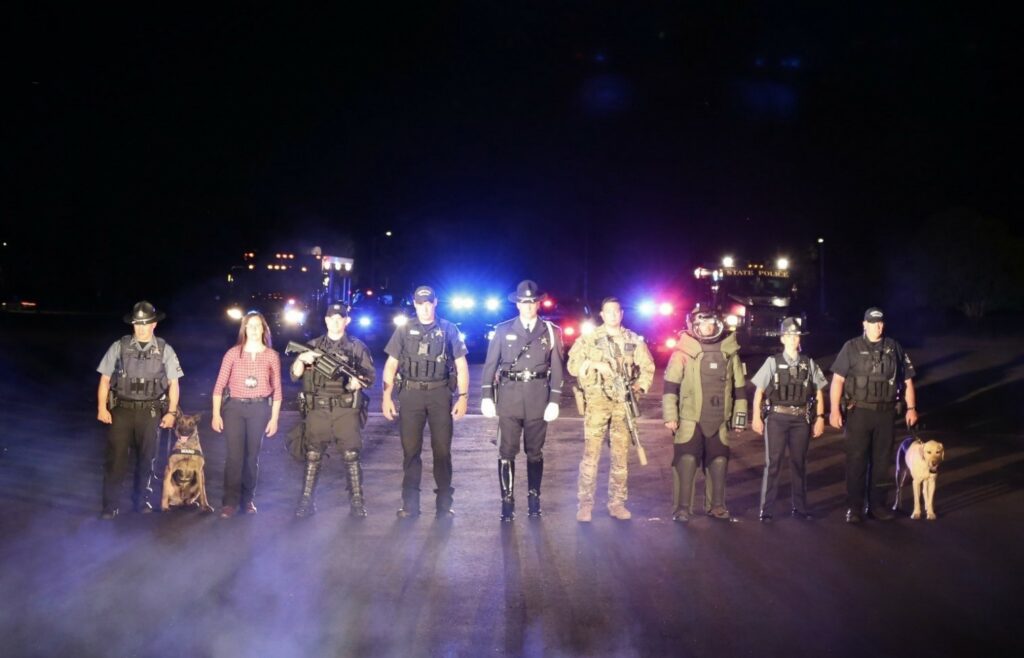
“All you need is a plan, the road map, and the
courage to press on to your destination”
~ Earl Nightingale
